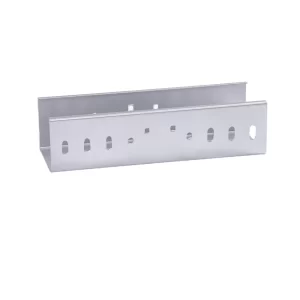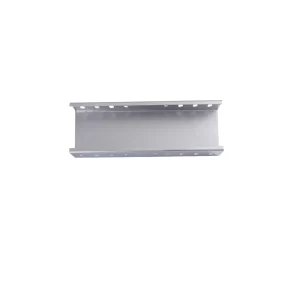Cable trunking, a popular method of cable management, offers numerous advantages over alternative cable routing systems, particularly in terms of organization, accessibility, flexibility, and aesthetics. This approach involves using open or semi-enclosed channels, typically mounted on walls, floors, or ceilings, to house and protect cables and wires. Below are some key advantages of trunking cables:

1. Improved Cable Organization and Management
Cable Clutter Reduction: By grouping cables within trunking, the appearance of wires running haphazardly around a room is eliminated. This not only enhances the professional look of an installation but also reduces trip hazards and simplifies cable identification for maintenance and troubleshooting.
Ease of Cable Routing: Cable trunking systems provide a clear pathway for cables, making initial installation and subsequent cable additions or rearrangements more systematic and orderly.
2. Enhanced Accessibility for Maintenance and Upgrades
Quick Access: One of the most significant advantages of trunking is the ease with which cables can be accessed for repairs, inspections, or upgrades. Unlike buried conduits or enclosed ducting, trunking allows technicians to quickly reach cables without the need for invasive procedures or complex dismantling.
Modular Design: Many trunking systems are modular, allowing sections to be easily removed or added as cable requirements change, facilitating future expansion or reconfiguration.
3. Increased Flexibility
Adaptability to Changing Needs: Cable trunking systems are highly adaptable to the evolving needs of an installation. Whether it’s accommodating new equipment, relocating existing services, or upgrading to higher capacity cables, trunking enables modifications with minimal disruption.
Versatile Mounting Options: Trunking can be surface-mounted on walls, suspended from ceilings, or even fitted flush to surfaces, providing versatile installation options to suit different architectural designs and space constraints.

4. Aesthetic Appeal
Integration with Interior Design: Available in a variety of materials (such as plastic, metal, or even wood finishes) and colors, trunking can be selected to blend seamlessly with the surrounding environment, enhancing the overall aesthetic appeal of a space.
Customizable Covers: Some trunking systems feature customizable covers that can be painted or decorated to match the room’s décor, turning what could be an eyesore into a design feature.
5. Protection from Environmental Factors
Physical Protection: Cables within trunking are shielded from accidental damage, such as impact from moving objects or human traffic. This reduces the risk of cable damage, which can lead to electrical faults or system downtime.
Dust and Moisture Resistance: Although not fully enclosed like conduit systems, trunking can still provide a degree of protection against dust accumulation and moisture ingress, prolonging cable life and maintaining electrical safety.
6. Cost-Effectiveness
Reduced Installation Costs: Compared to embedding cables in walls or using extensive conduit systems, trunking is generally quicker and less labor-intensive to install, translating into lower upfront costs.
Long-Term Savings: The ease of access for maintenance and upgrades can result in long-term savings as modifications become more straightforward and less disruptive, reducing downtime and repair costs.
In conclusion, trunking cables offers a practical and efficient solution for managing and protecting cables in a wide range of environments. Its benefits span from improved aesthetics and accessibility to enhanced organizational flexibility and cost-effectiveness. When planning an electrical installation or upgrade, considering trunking as a cable management strategy can significantly contribute to the success and sustainability of the project.

